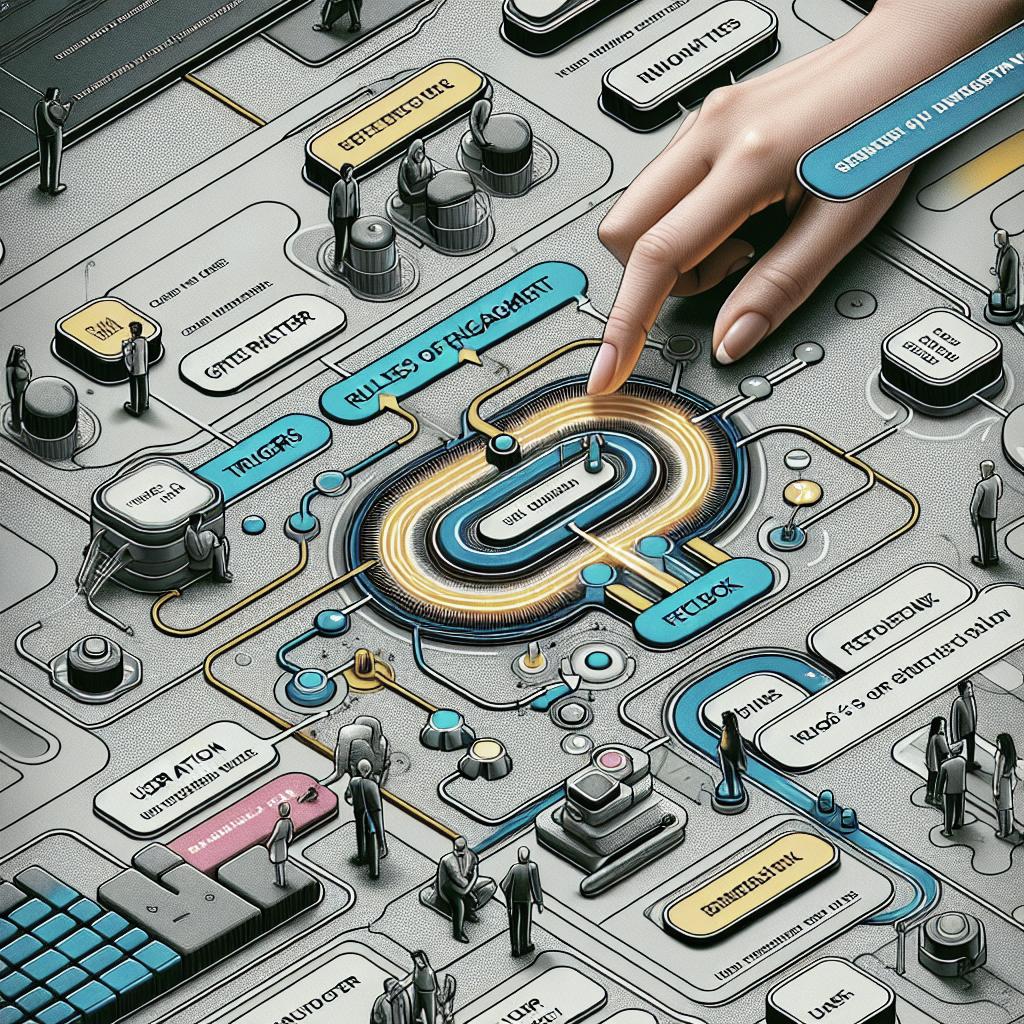Anatomy of a Microinteraction
Microinteractions are subtle but powerful elements that facilitate seamless user experiences in digital interfaces. These tiny design moments help users accomplish a single task while providing valuable feedback and interaction cues. From liking a social media post to adjusting settings in an app, microinteractions are pivotal in making technology more human-centric. This blog post delves into the architecture of microinteractions, exploring their four fundamental components: Triggers, Rules, Feedback, Loops, and Modes. By understanding each element, designers and developers can craft engaging and intuitive user experiences. We end with key takeaways encapsulated in a useful table to cement your understanding of microinteractions and inspire you to incorporate them into your designs.
What is a Microinteraction?
Microinteractions are the unsung heroes of digital interfaces, focusing on delivering a single task with purpose and precision. These are the small moments in user interaction that are often invisible yet integral to a seamless experience. For instance, the vibration of your smartphone acknowledging that it is on silent mode or the subtle animation when you ‘pull to refresh’ a page—each plays a role in enhancing user satisfaction.
These interactions are designed meticulously to ease the user’s journey, making complex systems feel more straightforward and intuitive. Microinteractions are embedded in everyday digital interactions, often going unnoticed until they are absent. Their presence or absence can significantly influence user perception and retention rates, demonstrating their understated importance in design.
Ingredients of a Microinteraction
1. Triggers
The first ingredient of a microinteraction is the trigger, which initiates the interaction. Triggers can be user-generated or system-initiated, such as clicking a button or receiving a notification. They act as the call-to-action that prompts the microinteraction and are designed so that users intuitively understand what their next action should be.
The design of triggers must align cohesively with the overall user interface, providing a clear and enticing reason for the user to initiate the interaction. By leveraging contextual cues, designers can craft triggers that smoothly transition users through different actions without causing friction, thereby enhancing user experience.
2. Rules
Once a microinteraction is triggered, rules define what happens next. Rules dictate the conditions and sequences of behaviors that follow the initial trigger. These are the invisible guidelines that make sure the microinteraction functions smoothly and predictably.
Properly constructed rules take into account user expectations and system capabilities, ensuring a balance between them. They allow the interaction to flow seamlessly, offering a logical progression that feels natural and intuitive to the user. Clear rules prevent confusion, helping users to navigate interfaces confidently and efficiently.
3. Feedback
Feedback is an essential component of microinteractions, providing users with a response to their actions. It closes the loop between the trigger and the user, informing them that the system has acknowledged their interaction. Feedback can take various forms, including visual changes, sound, or haptic responses.
Effective feedback is immediate and meaningful. It guides the user by confirming actions, displaying results, or suggesting the next steps, thus reducing uncertainty and enhancing the user experience. Consistent feedback helps to build trust with users, making their interaction with the digital product more reliable and enjoyable.
4a. Loops
Loops refer to the cycles in which microinteractions are repeated or in constant etiquette, like refreshing a status or checking for updates. These define how long the microinteraction will last or how often it will repeat.
Designers need to consider the duration and frequency of loops to ensure user engagement does not become wearisome. A well-designed loop should feel natural, encouraging continual user engagement without causing fatigue or annoyance.
4b. Modes
Modes are an extension to loops, adding an extra layer for customization within microinteractions. They allow users to make selections or change settings, adapting the interaction to their preferences or context.
A well-implemented mode provides flexibility and control, empowering users to tailor their experience to suit their specific needs. Modes should be employed sparingly to avoid complexity, keeping the focus on simplifying the user’s journey while maintaining effectiveness.
Final Takeaways
Microinteractions might be small, but their impact on user experience is mighty. Understanding their components—triggers, rules, feedback, loops, and modes—enables the crafting of intuitive, satisfying interactions. Each plays a distinct role in ensuring the seamless operation of digital products, ultimately enhancing overall user engagement. Designers should continue to explore and innovate within the realm of microinteractions, balancing creativity with usability and functionality.
| Component | Description | Key Considerations |
|---|---|---|
| Triggers | Initiates the microinteraction | Ensure clarity and intuitive design |
| Rules | Defines interaction flow post-trigger | Balance user expectations with system capabilities |
| Feedback | Response to the user’s actions | Ensure immediacy and relevance |
| Loops | Defines repetition and duration | Maintain engagement without fatigue |
| Modes | Customization layer | Offer flexibility, avoid complexity |
